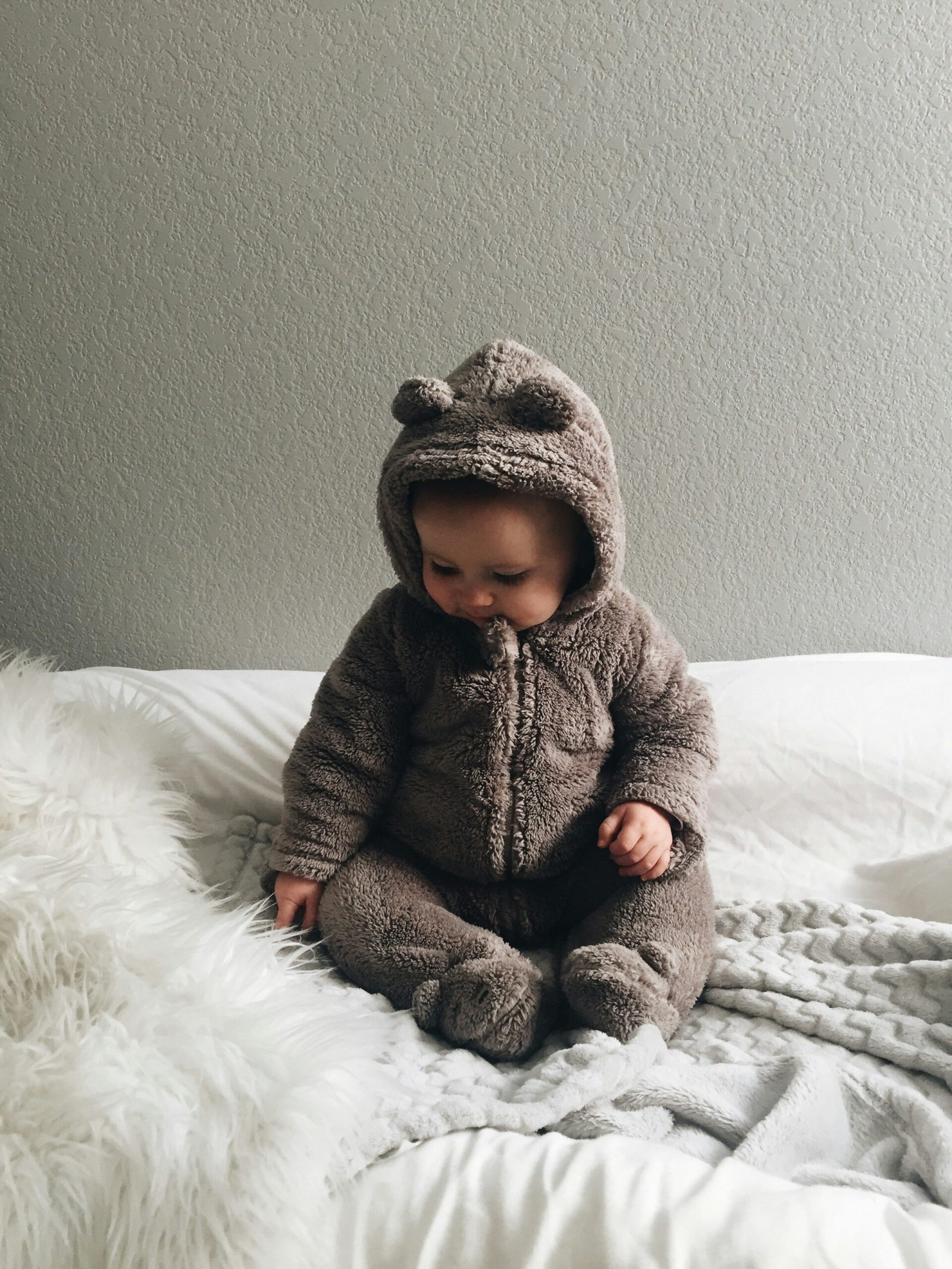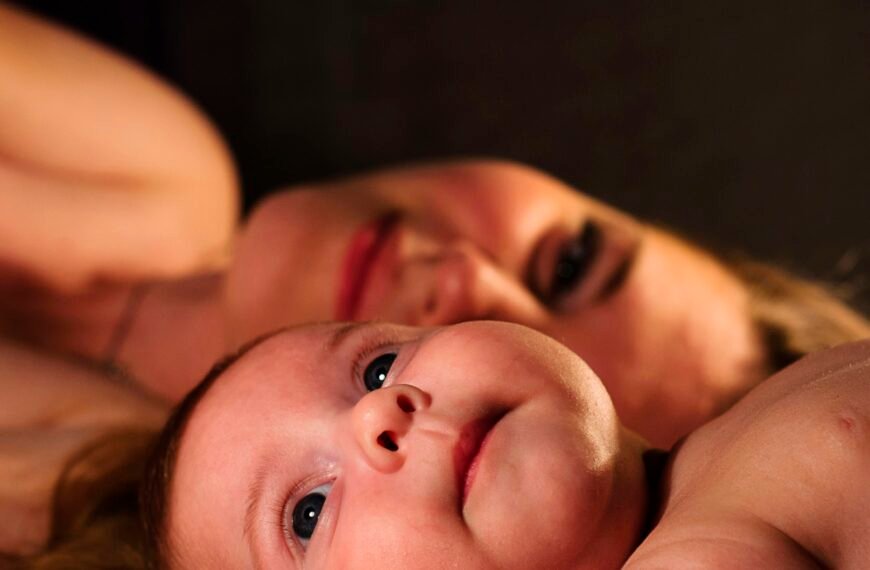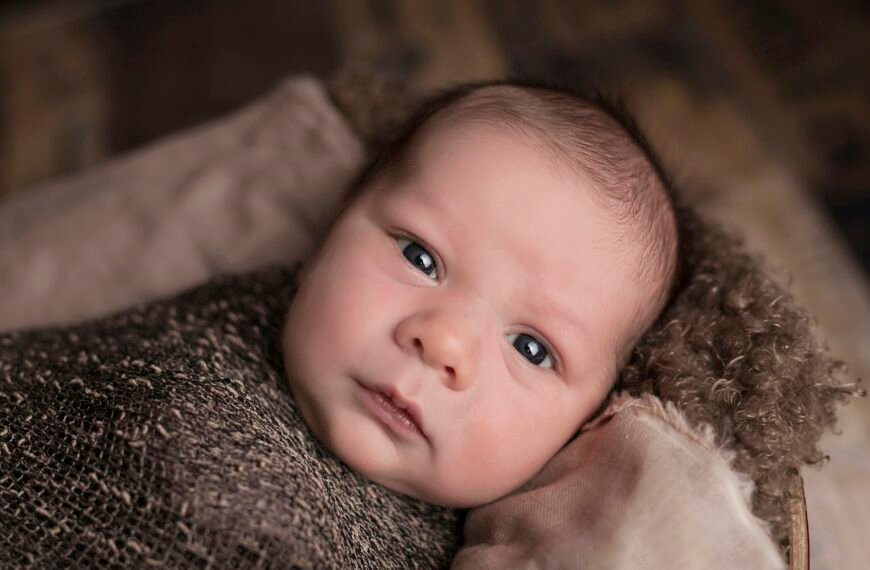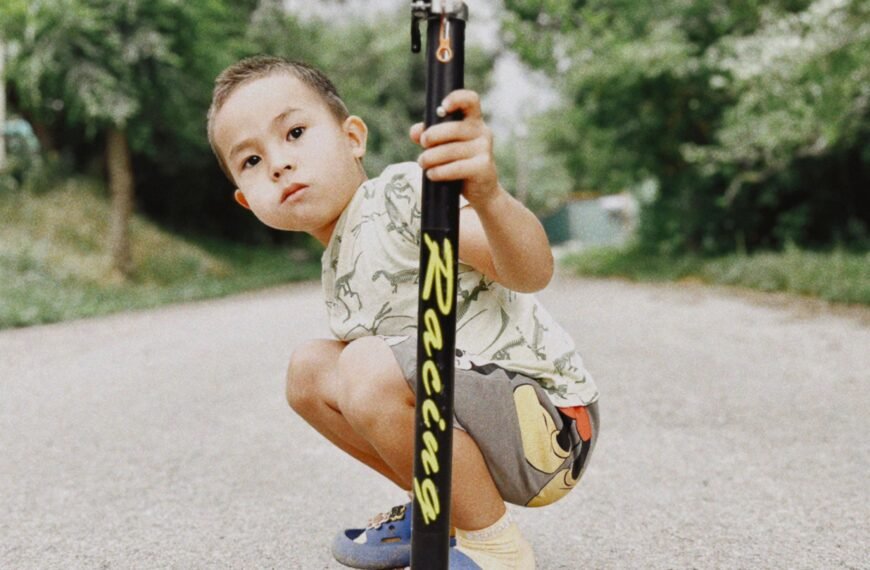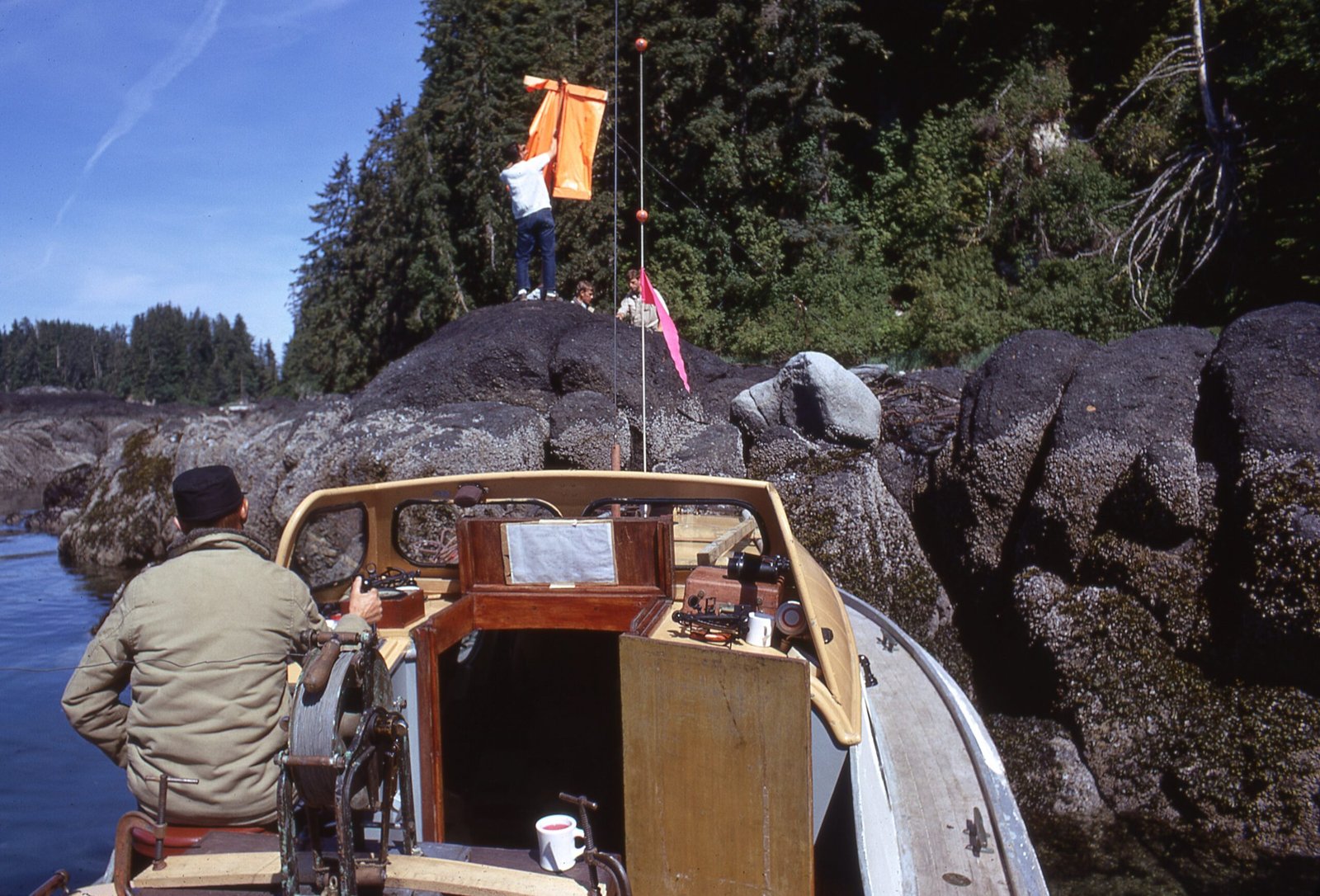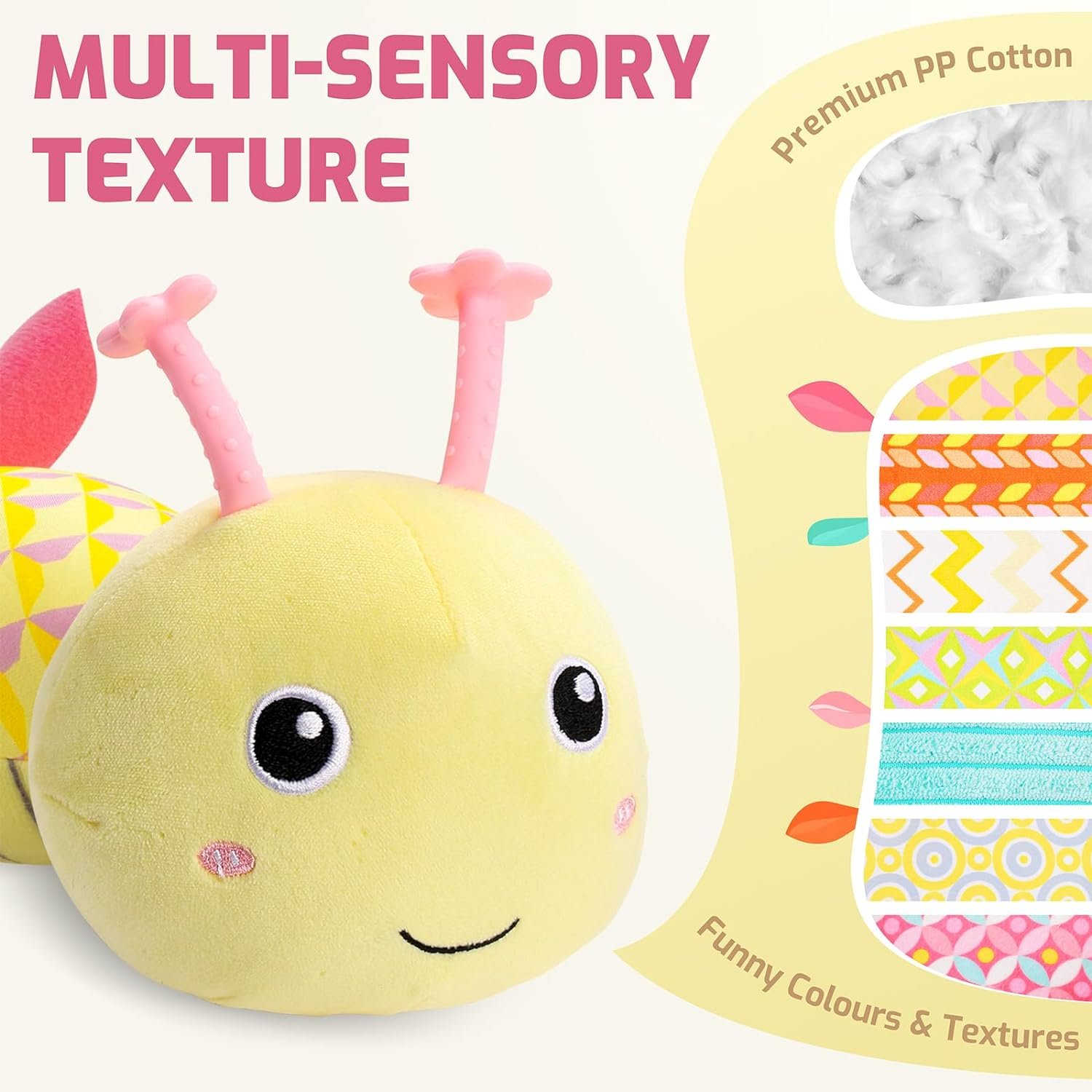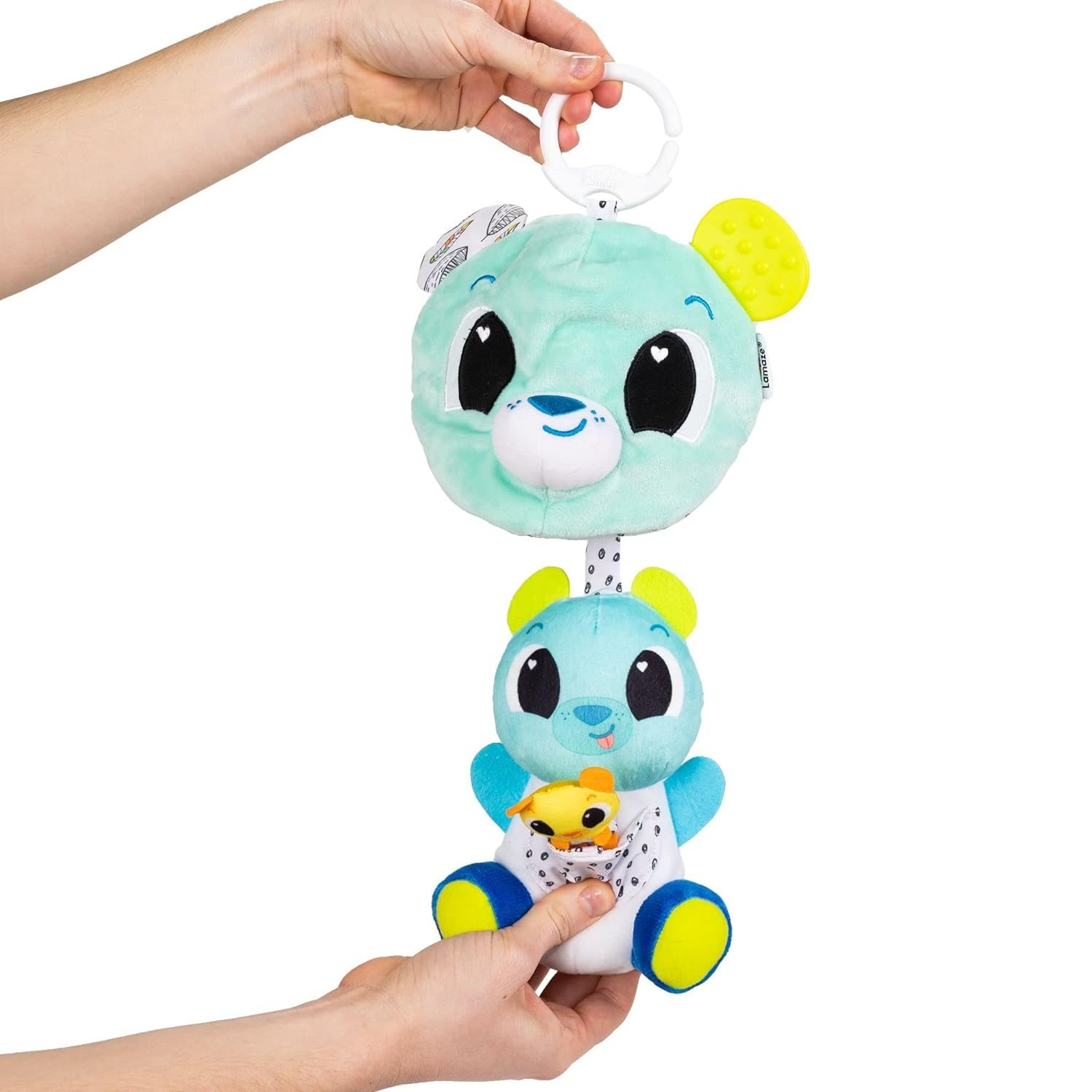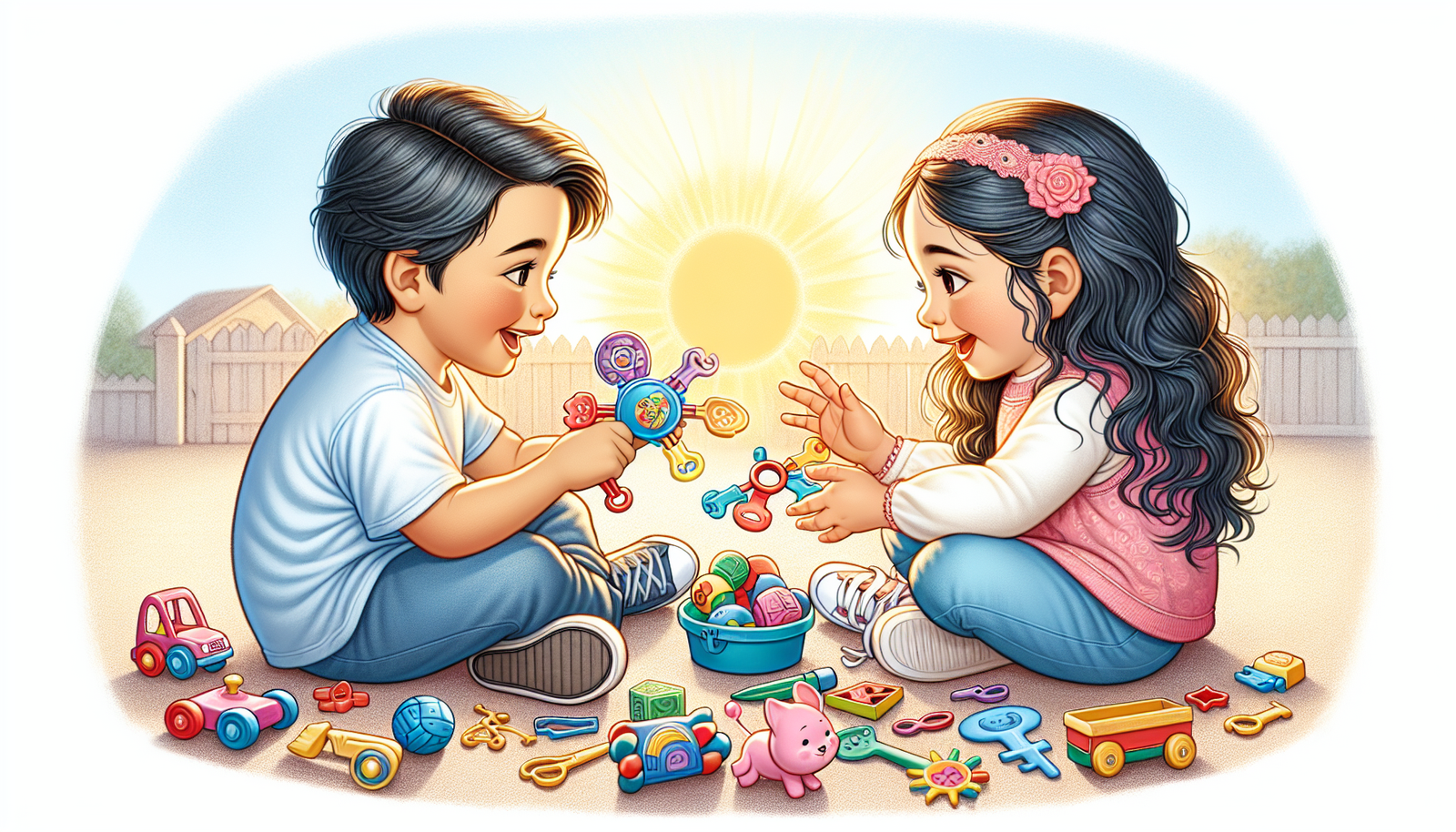You’ve probably noticed that keeping your baby’s toys organized can be quite a challenge. The constant influx of new toys and the tendency for them to end up scattered all over the house can make it feel like an impossible task. But fear not! In this article, we will provide you with some helpful tips and tricks to conquer the clutter and create a tidy and functional space for your little one’s toys. From utilizing storage bins to implementing a toy rotation system, we’ve got you covered. Say goodbye to the mess and hello to a well-organized playtime!
Check Baby Toys Guide & Review
Choose a Dedicated Storage Space
Designate a specific area for toy storage
When it comes to organizing your baby’s toys, the first step is to designate a specific area for their storage. By having a designated storage space, you can keep all the toys in one place, making it easier for you to find and put away toys when needed. This space could be a corner of the nursery, a section of the living room, or even a playroom if you have one. The key is to choose an area that is easily accessible and convenient for both you and your baby.
Consider the size of the space
Before you start organizing your baby’s toys, consider the size of the storage space you have available. If you have a small apartment or limited space, you may need to get creative with storage solutions to maximize the space. On the other hand, if you have a larger space to work with, you can opt for larger storage containers or even invest in toy storage furniture. Remember to take measurements and plan accordingly to ensure everything fits comfortably in the designated storage area.
Evaluate accessibility for both you and your baby
Accessibility is key when it comes to organizing your baby’s toys. You want to make sure that both you and your baby can easily access and put away toys. Consider the height of the storage containers or shelves to ensure that your baby can reach their toys independently when they are ready to play. Additionally, choose storage solutions that are easy for you to maneuver and maintain. It’s essential to strike a balance between accessibility for your baby and practicality for you.
Sort and Categorize Toys
Separate toys according to type
When organizing your baby’s toys, it’s helpful to separate them according to type. For example, you can place stuffed animals in one container, building blocks in another, and musical toys in a separate container. This way, it becomes easier to locate specific toys when your baby wants to play with them. Separating toys by type also helps if you need to find a particular toy for a specific activity or age-appropriate playtime.
Group toys by age appropriateness
Toys come in various age ranges, and it’s important to consider your baby’s developmental stage when organizing them. Group toys together based on the age appropriateness, so you have a better understanding of what toys are suitable for your baby’s current abilities and interests. This organization method can also help you identify toys that your baby has outgrown and may need to be donated or passed on to other families.
Create designated areas for each category
To further streamline the organization process, consider creating designated areas for each toy category. For example, you can have a shelf dedicated to books, a bin for soft toys, and a separate area for puzzles or games. This not only helps keep your baby’s toys organized but also makes it visually appealing and easy to find specific toys at a glance. Clearly labeling each area will also make it easier for you and your baby to know where each toy belongs.
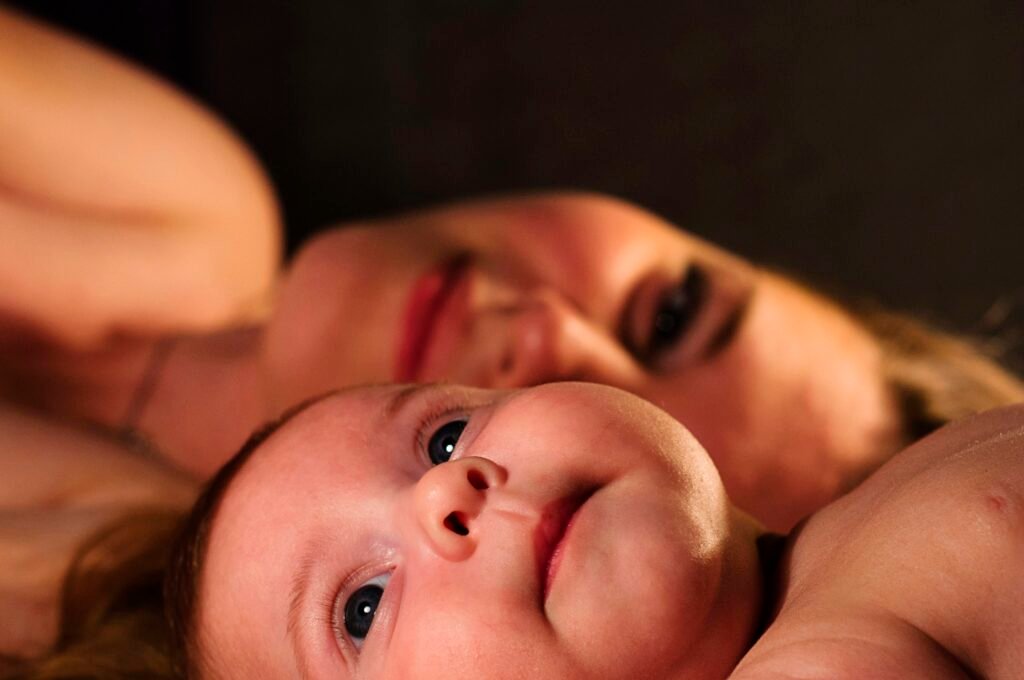
Utilize Storage Containers
Invest in clear plastic bins
Clear plastic bins can be a game-changer when it comes to organizing your baby’s toys. These containers allow you to see the contents at a glance, making it easier to locate specific toys without rummaging through multiple bins. Choose bins with lids to keep the toys protected and to prevent them from collecting dust. Transparent bins also allow your baby to see the toys inside, which can help foster their independence and decision-making skills.
Label each container
To further enhance your organization system, it’s essential to label each storage container. By labeling the bins or containers, you are not only helping yourself but also teaching your baby about categorization and word recognition. Use clear and legible labels that are easy to read. You can either use adhesive labels, printable labels, or even handwritten labels, depending on your preference. Make sure to include specific details such as the toy category or specific toys included to make it easier to locate and return toys after playtime.
Use stackable storage bins to save space
If you have limited storage space, consider using stackable storage bins to maximize the vertical space. Stackable bins allow you to effectively utilize every inch of the storage area without overcrowding the room. This storage solution is especially useful if you have a large toy collection or multiple children. By stacking the bins, you can easily create more storage compartments while keeping the toys tidy and easily accessible.
Create a Rotation System
Implement a toy rotation schedule
A toy rotation system can be a great way to keep your baby’s toys fresh and engaging. Implementing a toy rotation schedule involves periodically swapping out a selection of toys from storage and introducing new ones to your baby. This not only helps to reduce clutter but also ensures that your baby always has something new and exciting to play with. A suggested schedule could be rotating toys every two weeks or monthly, depending on the size of your toy collection.
Store away unused toys
As you rotate toys, you’ll come across toys that your baby has lost interest in or has outgrown. Instead of keeping them accessible, consider storing them away in a separate container or space. By doing this, you can create more room for the toys that your baby is currently playing with and maintain a tidy storage area. Storing unused toys also allows you to easily donate or sell them in the future when the time comes.
Introduce new toys from the storage periodically
Once you have stored away the unused toys, you can reintroduce them to your baby’s collection periodically. This process ensures that the toys feel new and exciting again when they are brought back out. It’s important to also assess the toys before reintroducing them to make sure they are still safe and age-appropriate for your baby. This rotation system not only keeps your baby engaged but also helps to extend the lifespan of their toys.
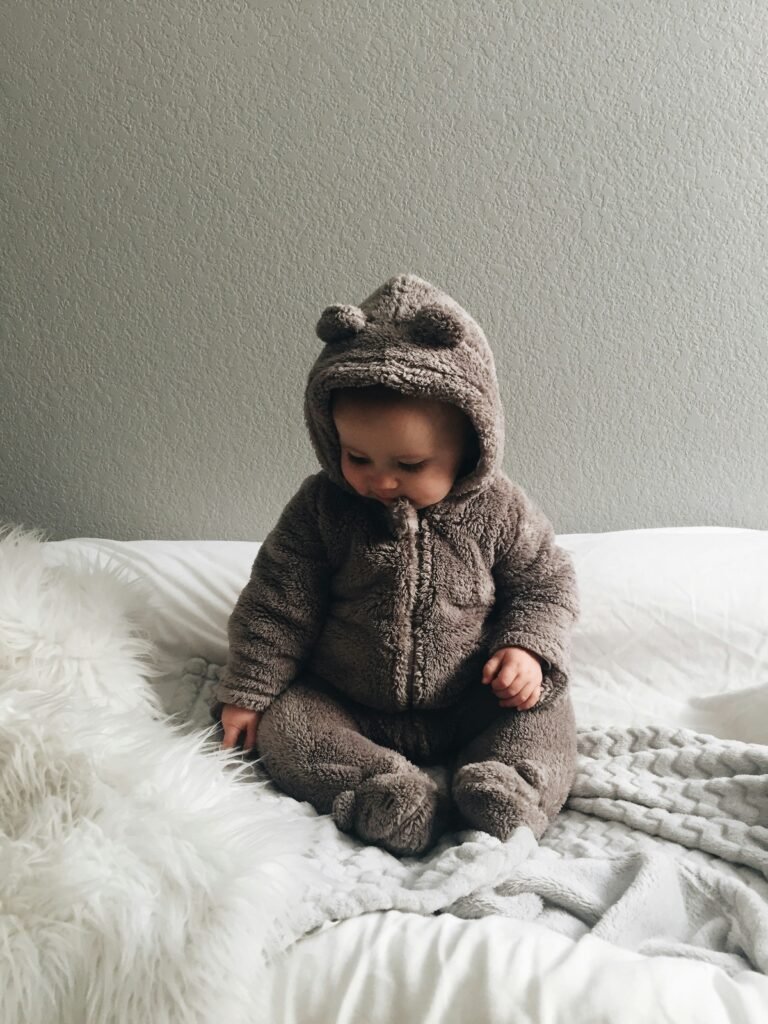
Utilize Wall Storage Solutions
Install wall shelves or hanging baskets
Wall shelves or hanging baskets can be a practical and visually appealing storage solution for your baby’s toys. Install shelves or hanging baskets at a reachable height for your baby, allowing them to independently choose and put away their toys. Fill the shelves or baskets with your baby’s favorite toys, making it a functional and decorative element in the room. This approach also helps to save floor space and keeps toys off the ground, reducing the risk of tripping hazards.
Use a pegboard to hang toys
If you’re looking for a customizable and versatile storage solution, a pegboard can be a great option. Hang the pegboard on a wall and use hooks or pegs to hang your baby’s toys. This method allows you to rearrange the toys easily, making it simple for you and your baby to find and store toys. The pegboard can also be decorated to match the room’s theme, adding a touch of style and uniqueness to the storage area.
Opt for wall-mounted storage pockets
Wall-mounted storage pockets are a fantastic way to save space and keep your baby’s toys organized. These pockets can be easily attached to the wall and provide individual compartments for storing different toys. They are especially useful for storing small toys or items that can easily get lost. The transparent pockets allow for easy visibility and quick access to the toys, making cleanup and organization a breeze.
Consider Toy Storage Furniture
Choose multi-functional furniture with built-in storage
When it comes to organizing your baby’s toys, choosing multi-functional furniture with built-in storage can be a game-changer. Look for cribs, changing tables, or play tables with hidden storage compartments. These pieces of furniture not only serve their primary functions but also provide additional storage space for your baby’s toys. Having furniture that doubles as storage helps to optimize the available space in your baby’s room and keeps the toys within easy reach.
Utilize ottomans or benches with hidden compartments
Ottomans or benches with hidden storage compartments can be a stylish and practical addition to your baby’s room. These furniture pieces provide a comfortable seating area for you and your baby while also serving as a storage solution for toys. You can easily lift the top of the ottoman or bench to access the hidden compartment and store away toys when not in use. This storage option helps to keep the toys out of sight while maintaining a clutter-free space.
Opt for toy boxes or chests with safety features
If you prefer a more traditional storage solution, toy boxes or chests can be an excellent choice. Look for toy boxes or chests that have safety features such as slow-closing hinges or air holes to prevent accidental injuries. These storage options provide a large storage space, allowing you to store a variety of toys in one place. However, it’s essential to keep the toys organized within the box or chest to avoid creating a jumbled mess.
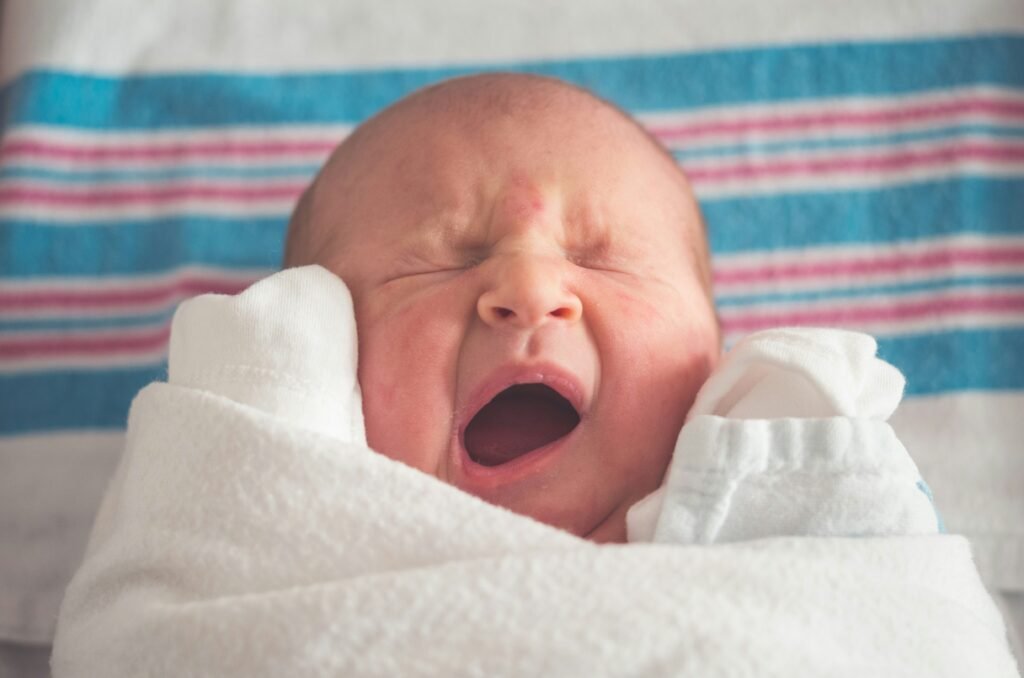
Organize Small Toys
Utilize storage bins with dividers
Small toys such as building blocks or toy cars can quickly become scattered and hard to find. To keep these small toys organized, invest in storage bins with dividers. These bins have compartments that allow you to separate different types or sizes of small toys. This organization method not only keeps the toys neat but also makes it easier for your baby to find and return them to their designated spots.
Use zippered pouches or small fabric bags
Zippered pouches or small fabric bags are versatile and can be used to store small toys or loose pieces. These pouches or bags are perfect for toys like puzzle pieces, action figures, or art supplies. Label each pouch or bag accordingly, so you and your baby can quickly locate specific toys or pieces when needed. These compact storage solutions also make it convenient to bring toys along for outings or playdates.
Invest in a small tackle box or drawer organizer
A small tackle box or drawer organizer can be an efficient storage solution for small toys with multiple pieces. The tackle box typically comes with various compartments or trays, allowing you to sort and store different small toys or parts. This organization method not only keeps the toys organized but also makes it easy to transport them from one location to another. Look for tackle boxes or drawer organizers with secure latches or dividers to prevent the toys from mixing together.
Display Toys with Style
Use open shelves for showcasing favorite toys
For toys that your baby loves and plays with frequently, consider displaying them on open shelves. This not only encourages your baby’s independence and decision-making skills but also adds a decorative element to the room. Arrange the toys in an aesthetically pleasing way, creating a visually appealing display that showcases your baby’s favorite playthings. Remember to regularly rotate the toys on the shelves to keep the display fresh and engaging for your baby.
Consider decorative baskets or bins for display
If you prefer a more organized and uniform display, decorative baskets or bins can be the perfect solution. Place the baskets or bins on open shelves or on the floor, filled with your baby’s favorite toys. Opt for baskets or bins that match the room’s decor or choose ones with fun patterns or designs to add a touch of style to the space. This organization method keeps the toys accessible while maintaining a cohesive and visually pleasing display.
Arrange toys in a visually appealing way
Whether you choose to showcase toys on open shelves or in decorative baskets, it’s important to arrange them in a visually appealing way. Consider grouping toys of similar colors or themes together to create a cohesive look. Be mindful of spacing and balance to avoid overcrowding or a cluttered appearance. The goal is to make the toy display visually pleasing and inviting for both you and your baby.
Implement a System for Toy Maintenance
Establish a regular cleaning routine
Maintaining a clean and sanitized toy collection is crucial for your baby’s health and well-being. Establish a regular cleaning routine to ensure that the toys remain safe and germ-free. This routine can involve wiping down toys with baby-safe disinfectant wipes or washing them with mild soap and water. Pay special attention to toys that come into direct contact with your baby’s mouth, such as teethers or bath toys.
Teach your baby to tidy up after playtime
From a young age, you can start teaching your baby the importance of tidying up after playtime. Make it a fun and interactive activity by involving your baby in the cleanup process. Demonstrate and guide them on how to put toys back in their designated storage areas. Use positive reinforcement, such as praise or small rewards, to motivate your baby to participate in tidying up. This not only develops good cleaning habits but also fosters a sense of responsibility in your baby.
Repair or discard broken toys
Regularly inspect your baby’s toys for any signs of damage or wear and tear. Broken or damaged toys can pose a safety hazard and should be repaired or discarded immediately. Check for loose parts, sharp edges, or small pieces that can be choking hazards. It’s important to prioritize your baby’s safety by regularly assessing and maintaining the condition of their toys. Address any repairs promptly and discard toys that cannot be fixed or pose a risk to your baby.
Donate or Sell Unused Toys
Regularly declutter and donate toys
As your baby grows, their toy collection may start to accumulate, leading to potential clutter. Regularly decluttering and donating toys that your baby has outgrown or no longer plays with is a great way to keep the toy collection manageable and organized. Assess each toy to determine if it is still safe and suitable for donation. Many local charities, hospitals, or shelters welcome toy donations, allowing your baby’s unused toys to bring joy to other children in need.
Host a toy swap or garage sale
Consider hosting a toy swap or garage sale as a fun way to pass on gently used toys and acquire new ones. Organize a gathering with other parents and encourage each family to bring toys that their children have outgrown. This way, you can exchange toys and find new treasures for your baby while reducing clutter. Alternatively, you can organize a garage sale to sell the toys and recoup some of the costs. This not only provides a financial benefit but also allows other families in your community to benefit from second-hand toys.
Explore online platforms for selling gently used toys
In addition to local options like toy swaps and garage sales, there are also online platforms where you can sell gently used toys. Websites and apps dedicated to buying and selling second-hand items offer a convenient way to connect with potential buyers. Take clear and appealing photos of the toys you wish to sell and provide accurate descriptions to attract interested buyers. This method allows you to declutter your baby’s toy collection while recouping some of the initial investments.
By following these tips and implementing a comprehensive organizational system, you can create a clutter-free and efficient storage space for your baby’s toys. Remember to regularly assess and maintain the organization system as your baby grows and their toy collection evolves. With a well-organized and accessible toy storage area, you can provide your baby with a stimulating play environment while ensuring a stress-free and enjoyable experience for both you and your little one.

